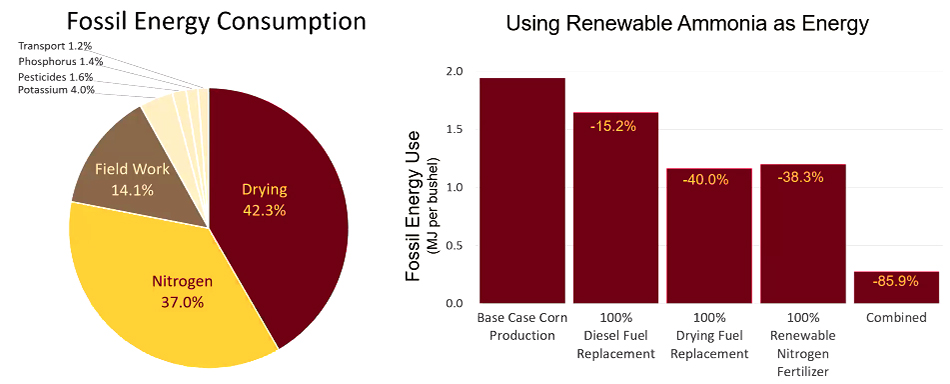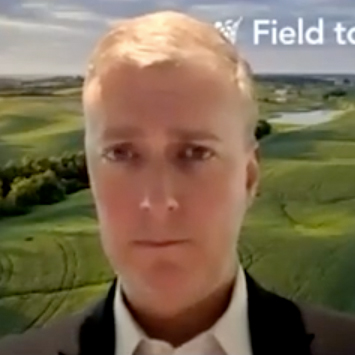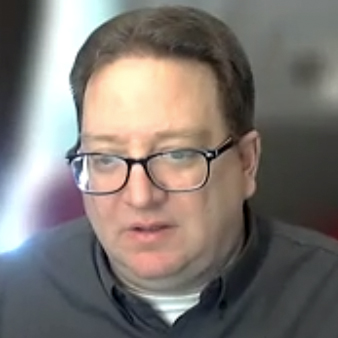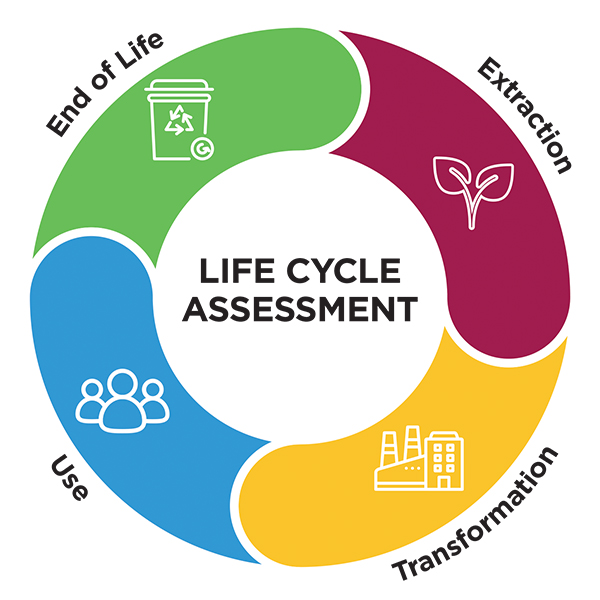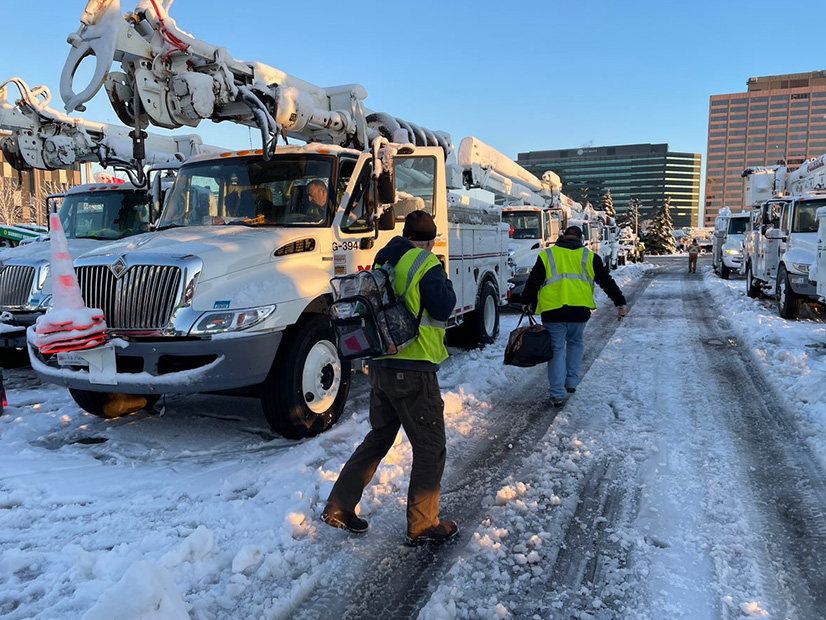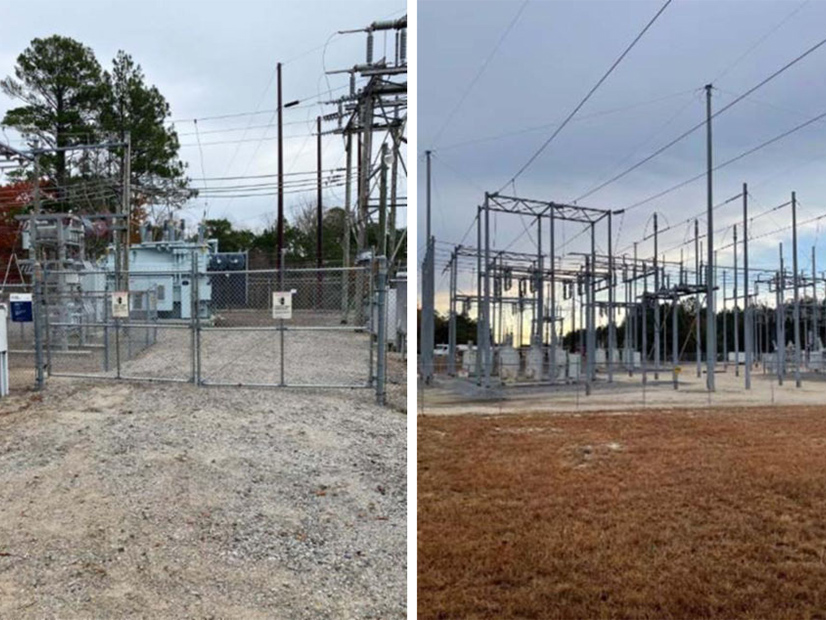Struggling to deal with an overwhelming number of generator interconnection requests, CAISO has launched a new stakeholder initiative to overhaul its interconnection process to prioritize projects that serve the state’s resource requirements in areas that already have transmission.
The revamp is vital to help the state add the gigawatts of renewable resources and storage it needs to meet its 100% clean energy mandate by 2045, CAISO said in an issue paper and straw proposal it published this week to start the “Interconnection Process Enhancements 2023” initiative. The first stakeholder meeting is scheduled for Monday.
“With the ISO’s interconnection application queue inundated with applications, current processes need to be reimagined to ensure resource procurement and queuing are effectively shaped and informed to take advantage of transmission and interconnection capacity that exists or is already planned and under development, and to align with the transmission upgrades necessary for longer-term resource development,” the paper says.
CAISO received 359 interconnection requests totaling more than 105 GW during its Cluster 14 window in April 2021, quadruple the number of prior years, with 205 projects totaling 65.5 GW proceeding into phase 2 of the interconnection study process.
“When the schedule for the Cluster 14 supercluster was developed, the ISO assumed that the unprecedented number of projects studied in phase 1 would … result in a large percentage of projects withdrawing,” the issue paper says. “That would have made for a much more reasonable number of projects needing to be studied in Cluster 14 phase 2.” But the “high project withdrawal rate … did not materialize. In fact, the percentage of projects proceeding into phase 2 is higher than normal.”
The window for Cluster 15 requests is scheduled for April 3-17. CAISO said it expects to receive 279 to 308 interconnection requests based on an informal survey of developers late last year.
“Simply layering a massive influx of new Cluster 15 interconnection requests on top of the existing queue and the Cluster 14 projects in the queue is not an effective way to advance interconnection proposals,” the paper says. “To do so would exacerbate an already unworkable situation.”
Refinements to CAISO’s interconnection process over the past two years have not sufficiently reduced the number of requests to the manageable level needed to “support the pace of new resource development that must be sustained in the years ahead,” it says. (See CAISO Approves More Interconnection Enhancements.)
“Simply put, without transformational changes to the [Generator Interconnection and Deliverability Allocation Procedures] in the 2023 [Interconnection Process Enhancements] initiative, we will not be able to accommodate the rapidly accelerating pace of new resources that must be connected to the grid to achieve SB100 goals in a reliable and cost-effective fashion.”
The new initiative has two tracks. The first involves adjusting the schedule for processing Cluster 15 requests by postponing request validation and scoping meetings until the Cluster 14 phase 2 studies are finished by Nov. 24 and the results meetings are complete by Feb. 22, 2024.
“As such, the ISO does not anticipate resuming Cluster 15 until 2024,” the straw proposal says.
Track 2 of the initiative is meant to prioritize projects that would use available transmission capacity and that are in zones where the ISO’s transmission planning process identifies the need for additional capacity based on state resource planning. It also seeks to limit the number of requests studied within those zones according to the state’s resource procurement needs.
Track 2 “will focus on the transformative changes to the interconnection process needed to achieve the strategic direction” agreed to in a December memorandum of understanding between CAISO, the California Public Utilities Commission and the California Energy Commission. (See CAISO CEO Lauds Transmission Planning Agreement.)
‘It Just Doesn’t Work’
The MOU was meant to better coordinate the CPUC’s Integrated Resource Planning process, the ISO’s transmission planning process and the CEC’s Integrated Energy Policy Report, which identifies the state’s energy needs and its activities under Senate Bill 100, the 2018 measure that that established the state’s clean energy mandate.
Long-term resource planning and procurement by the CPUC and CAISO’s transmission planning process “requires just exquisite coordination and synchronization of those different processes,” CAISO CEO Elliot Mainzer said in a speech to the Energy Bar Association Western Chapter on March 2.
The MOU “defines the order of operations to make sure that the CEC-CPUC-CAISO processes are much more tightly coordinated and synchronized,” Mainzer said. The ISO needs “to start getting out of this traditional reactive mode of transmission planning” and a “dysfunctional” queuing process.
“I think running 60,000-MW cluster studies just prevents transmission planners from doing actual transmission planning,” Mainzer said.
CAISO’s annually updated transmission plan will be released soon and will take a more proactive “zonal approach,” he said.
“It will let the transmission plan shape the queuing and shape the procurement so that we’re queuing up and running competitive solicitations on the buy side of places where we’re actually going to be building transmission capacity, as opposed to running fictional studies that give you useful insights or coming out with studies that say, ‘Sure I’ll interconnect you. It will cost you $850 million.’ It just doesn’t work.”
‘First-ready, First-served’
Long interconnection queues have plagued other RTOs and ISOs in recent years.
In November, FERC approved PJM’s proposal to speed up its interconnection queue by handling requests through a new clustered approach that prioritizes ready-to-build projects. (See FERC Approves PJM Plan to Speed Interconnection Queue.)
The number of generation projects entering PJM’s interconnection queue nearly tripled between 2018 and 2022 as more renewable projects were proposed. The RTO started 2022 with nearly 2,500 projects under study in its queue, with 95% of the more than 220 GW of requests from renewables, storage or a combination of the two.
It estimates it will take until 2026 before it can clear the backlog. New interconnection requests will not be studied before then, PJM said.
In a Notice of Proposed Rulemaking in June, FERC proposed similar changes by replacing the serial “first-come, first-served” study procedure with “first-ready, first-served” cluster studies (RM22-14). The commission also proposed more stringent financial commitments and readiness requirements for interconnection customers, which it said would discourage speculative interconnection requests. (See FERC Proposes Interconnection Process Overhaul.)
In calling for a switch to a “first-ready, first-served” study process, the commission endorsed rules it had already approved for MISO and SPP. Even with the rule changes, MISO faces scrutiny over whether it can deal with 170 GW of new generation requests that were added to its interconnection queue in September. (See MISO Insists it can Handle Record-setting Interconnection Queue.)
CAISO has fast-tracked its new interconnection initiative and plans to seek approval from its Board of Governors in May.
Devin Leith-Yessian contributed to this report.

